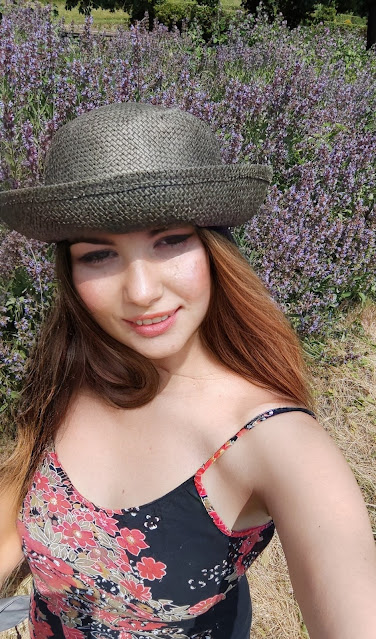“Symbolisms” at Cooper Cole
Artists: José Antonio Suaréz Londoño, Tom Allen, Michael Berryhill, Isabelle Fein, Katharina Hoeglinger, Santiago de Paoli, Rachelle Sawatsky, Bruce M. Sherman
Venue: Cooper Cole, Toronto
Exhibition Title: Symbolisms
Curated by: Chris Sharp
Date: October 27 – December 2, 2017
Full gallery of images, press release and link available after the jump.
Images:
Images courtesy of Cooper Cole, Toronto
Press Release:
Symbolisms is a group exhibition which brings together a group of artists who are working in a pictorial mode strongly reminiscent of historical Symbolism. A cross between a movement and a tendency, Symbolism dominated fin-de-siècle European painting and literature. At once the off-spring of gothicism and romanticism and a reaction against naturalism and realism, Symbolism (in painting) was known for its otherworldly, mystical, evocative and idealized forms. Rejecting urbanization and materialism, symbolists withdrew, akin to J.K. Huysmans’ Des Esseintes, into an interior universe of their own making. In many ways, it was a turning away from the world. Although not apparently political, Symbolism, which was willfully retrograde, could nevertheless be seen as spurning many tendencies at the end of the 19th century, from entrenched notions of progress to the technological evolution of the late industrial revolution. It also occurred at the same time as one of the most significant moments of institutionalized racism of the 19th century: The Dreyfus Affair. This being the case, parallels between our moment and the end of the 19th century abound: from anxieties around (technological) progress (smart phones, etc) to radical, de-individualized standardization (social media), to institutionalized racism (Brexit, Trump, etc). This does not exhaustively explain a resurgence of symbolist imagery and methods primarily in contemporary painting, but it does help us understand, not to mention historically situate, why a similar turning away from the world toward categorically fantastical, otherworldly, or even mystical forms and imagery might drive certain aspects of contemporary artistic production.
This exhibition is called Symbolisms– plural– because the participating artists approach these questions as well the production of their imagery from a variety of different angles and specific influences. The US, LA-based artist Tom Allen’s hallucinatory flower paintings are clearly indebted to the Art Nouveau and gothic components of Symbolism while Canadian, LA-based Rachelle Sawatsky’s no less colorful imagery evinces the more expressionistic legacy of Edvard Munch and James Ensor. The influence of Odilon Redon can be seen in the playful and graphic paintings of the German, Berlin-based Isabelle Fein as much as the etchings of Colombian, Medillin-based José Antonio Suaréz Londoño. Texas born, New York-based Michael Berryhill’s bright, quasi-abstract, seemingly phosphorescent paintings are strongly influenced by the Nabis, in particular, Pierre Bonnard and even Paul Sérusier, and are perhaps best viewed through the lens of Mallarmé’s oft-cited description of his poetry: “To depict not the thing but the effect it produces.” As much could be said about the fluid, loosely painted, and evocative pictures of the Austrian, Vienna-based Katharina Hoeglinger, while the Argentine, Buenos Aires-based Santiago de Paoli’s strange, fragmented depictions of the human body err toward surrealism’s direct debt to Symbolism. The bright, exuberant ceramics of the US, New York-based Bruce M. Sherman seem to come to us by way of similar transitional figure, but this time Paul Klee. All that said, these artists can hardly be reduced to their alleged referents. Ultimately, in the very spirit of Symbolism itself, they should and can only be perceived as the authors of their own personal and idiosyncratic languages which must be learned in order to be appreciated.
Jenine Marsh
Contemporary Art Daily is produced by Contemporary Art Group, a not-for-profit organization. We rely on our audience to help fund the publication of exhibitions that show up in this RSS feed. Please consider supporting us by making a donation today.
from Contemporary Art Daily http://bit.ly/2k9CqVb

Комментарии
Отправить комментарий